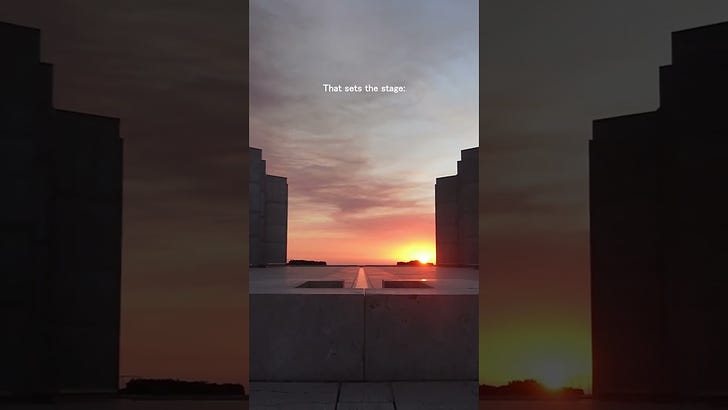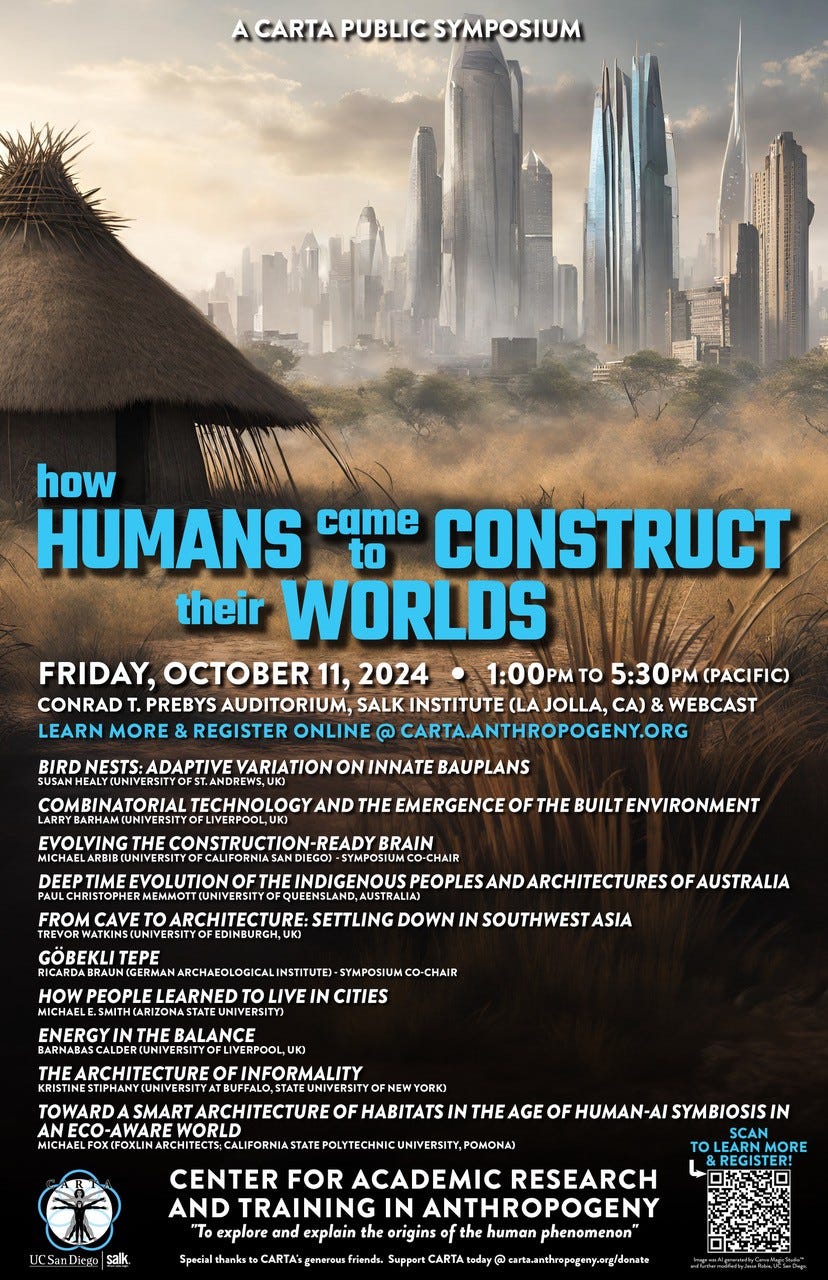What kind of creatures are we? Much of On Humans is dedicated to this question. And I am hardly the only one searching for an answer. This is evident in the cottage industry of crafting alternative names for Homo sapiens. From Homo economicus and Homo aestheticus, thinkers of all breed like to find angles to explain what, if anything, makes us particular.
(See this this Wikipedia article for a fun list of attempts. A snippet is below.)
In one sense, this is a useless exercise. It is highly unlikely that we will ever find one, and just one, thing that makes humans what they are. But the exercise can be valuable nonetheless. Even a failed attempt at capturing the single most important characteristic of humans can still be a helpful attempt at analysing something important about ourselves.
During the past two years of running On Humans, I’ve covered many scientific attempts at capturing that “one thing”. For Suzana Herculano-Houzel, it is our neuron-rich brain. For Ian Tattersall, it is our liking of symbols. For Sarah Blaffer Hrdy, it is how we look after our young together.
These are all fascinating topics. But there is one theme I keep thinking about more and more — a theme I have yet to cover on the show. This is the way we humans shape nature to fit our needs. Or to put this in technical jargon: we are creatures dependent heavily on niche construction.
(Below is a neat explanation of niche construction, starting at 2:31.)
Today, we are painfully aware of the risks of having 8 billion apes depending heavily on modifying their environment. But as Yale University’s Jessica Thomspon told me in a recent chat — yet to be published — this capacity to destroy our environment is a dark side of one of our greatest strengths: the capacity to habit almost any imaginable niche by modifying it. Indeed, her studies have revealed that our ancestors modified their environments with fire long before they started their epic spread beyond Africa. On a more optimistic note, Augustine Fuentes argues in the video above that our capacity for niche construction makes us flexible enough to change our ways and thrive in the 21st Century.
So how important is niche construction as a window into humanity? What does it reveal about ourselves? And how similar is human niche construction to that of earthworms or nest-building birds?
I aim to cover these topics more in the future. But in the meantime, I have something exciting to share with you.
I have started collaborating with the great folks at CARTA at UC San Diego — an organisation dedicated to research and training in human origins. The goods of our collaboration are still in the making, but CARTA have long been running excellent symposia on human origins, held at the iconic Salk Institute. And they have a symposium coming up this Friday. It’s on niche construction. And it’s all available free online.
Here is a little teaser.
And a poster.
You can access the webcast this Friday at 1 pm (Pacific Time) via this link.
One of the speakers I’m most excited about myself is Barnabas Calder. A historian of architecture, Calder looks at the human story by focusing on the relationship between energy and living arrangements. This is a timely topic during climate change and the green energy transition, but it is also a fascinating window into the human story as a whole. (He has one book on the history of architecture out already, but I’ve heard rumours about a more general story coming out soon… In the meanwhile, I’m all ears for his lectures.)
I hope you find some value in these thoughts and links! If you did, why not share this email with someone who might enjoy them, too?
If you enjoy this kind of material, stay tuned and subscribe. It’s free. And I don’t spam. (I should probably write more, not less.)







I'm so happy to have found your podcast and writing! Thank you for contributing to and furthering our understanding of humanity, it is truly needed! I look forward to more :)